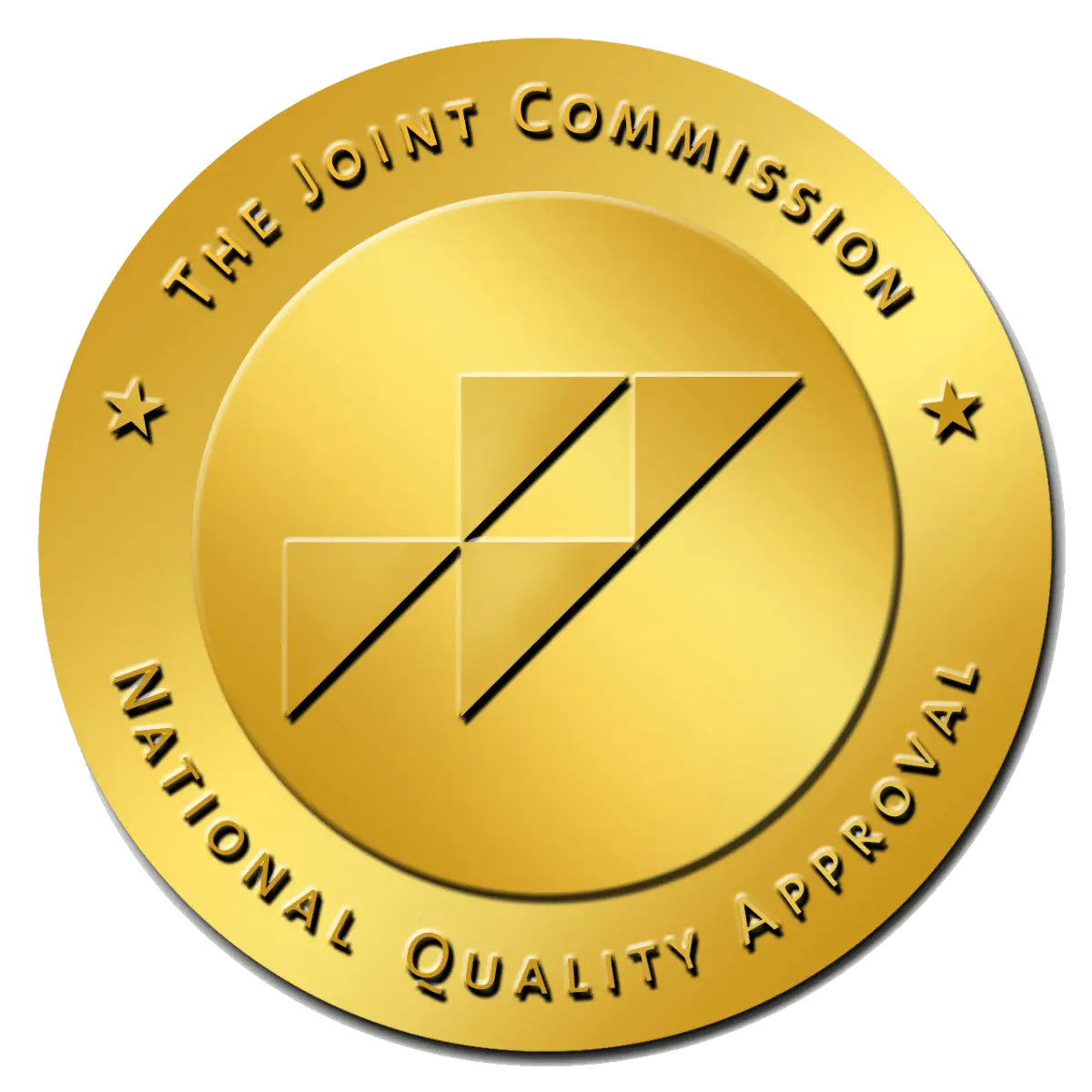If you have ever felt extreme highs and lows that last weeks to even months, you might have bipolar disorder. However, many might not know the connection between bipolar disorder and substance use disorders. Understanding how these two interact and how addiction is treated differently could make the difference in a successful recovery.
What Is Bipolar Disorder?
Bipolar disorder is a mood disorder defined by constant and intense changes in mood and energy levels. It’s most known for its different phases of “manic” energy and “depressive” energy. Bipolar disorder is considered a severe mental health disorder because of how extreme the moods can be and its high likelihood of suicide ideation and suicidal behavior. Early diagnosis is critical as bipolar disorder can negatively affect work performance, relationships, and the overall quality of life.
Those with bipolar disorder might feel a higher amount of energy than usual. This heightened manifestation can feel like elation or irritability. A depressive episode can make the person with bipolar disorder have lower energy than normal. Those experiencing a depressive episode might feel sad, hopeless, or indifferent. It’s also possible for a person with bipolar disorder to have a mixed episode when both states co-occur. Those with bipolar disorder can experience periods where they feel normal without any manic or depressive symptoms.
The Symptoms of Bipolar Disorder
Many symptoms present in someone with bipolar disorder. Since it can manifest as either mania or depression, these symptoms will vary. Symptoms of mania include:
- Feeling high or elated
- Feeling wired, jumpy, or more active
- Becoming extremely irritable
- Having racing thoughts
- Talking very fast
- Feelings of grandeur
- Risky or reckless behaviors
Symptoms of depression are quite different from those of mania. These include:
- Feeling sad, hopeless or worthless
- Feeling lonely
- Isolating yourself
- Talking slowly
- Having little energy
- Sleeping too much
- Change in appetite
- Lack of interest in activities
- Thinking about death or suicide
The Prevalence of Bipolar Disorder and SUDs
Plenty of research has found that bipolar disorder often co-occurs with substance use disorder (SUD). One study found that the rates of lifetime alcohol use were 48.5% for those with bipolar disorder and 43.9% for drug use. Another study found that the lifetime prevalence of SUDs was 40% in patients with bipolar disorder.
Substance Use Makes Bipolar Symptoms Worse
The most common theory about the high prevalence of bipolar disorder alongside SUD is that many people with bipolar disorder use substances to self-medicate. A person with bipolar disorder might use substances to dull or escape difficult symptoms.
The issue with this, of course, is that substance use can cause symptoms to be worse. Those who take substances often have more frequent and more prolonged episodes. Those with bipolar disorder who also struggle with addiction tend not to follow through with treatment if they indeed seek help in the first place. Additionally, those with bipolar disorder who use substances to cope with symptoms will also experience increased suicidal behavior. Those who have studied bipolar disorder and addiction have hypothesized that this behavior increases because substance use heightens impulsivity during episodes.
Substance use with bipolar disorder can also tremendously lower the person’s quality of living. Those who have bipolar disorder and substance use disorder tend to have more problems at work, leading to unemployment, and might struggle with keeping a stable place of residence.
Bipolar Disorder and Substance Use Treatment
Much more research needs to be conducted on treatment for those with bipolar disorder and substance use disorder. These co-occurring disorders can complicate treatment because professionals need to address both. If underlying bipolar disorder is ignored, treatment won’t be as effective, and the person might relapse. If the substance use is omitted, a person might turn to substances and make their bipolar disorder symptoms worse.
Lithium, a mood stabilizer, is often prescribed for bipolar disorder and can positively affect substance use disorder. Other methods of treatment include cognitive behavioral therapy and family-focused therapy. Family-focused treatment can help the person with bipolar disorder learn how to communicate with their family members, repair relationships, and provide education about their condition to friends and loved ones.
Treatment teams have many different ways that they can tackle treatment. First, a team can treat the most severe disorder and then address the less severe condition. Another option is for the team to treat both diseases simultaneously.
Those treated for both substance use and bipolar disorder should also emphasize wellness. Those with both conditions tend to have a more successful recovery if they also pay attention to physical and emotional health, which can worsen symptoms tenfold if left unattended.
If you find yourself feeling episodes of highs and lows that last for days or months, then there’s a chance that you might have bipolar disorder. If you think you might have bipolar disorder or the symptoms mentioned above seem familiar to you, it’s important to seek help right away. Early intervention can increase the chance of a successful recovery.
It’s essential to get a complete evaluation from a trained mental healthcare professional because many symptoms overlap with other disorders such as borderline personality disorder (BPD) and attention-deficit hyperactivity disorder (ADHD). It is also common for people with bipolar disorder to be misdiagnosed with a depressive disorder since many seek treatment during their depressive stages.
To learn more about both bipolar disorder and addiction, contact Villa Oasis San Diego today to learn how we handle bipolar disorder and substance use treatment. Call us today at (323) 739-8673 to learn more.




